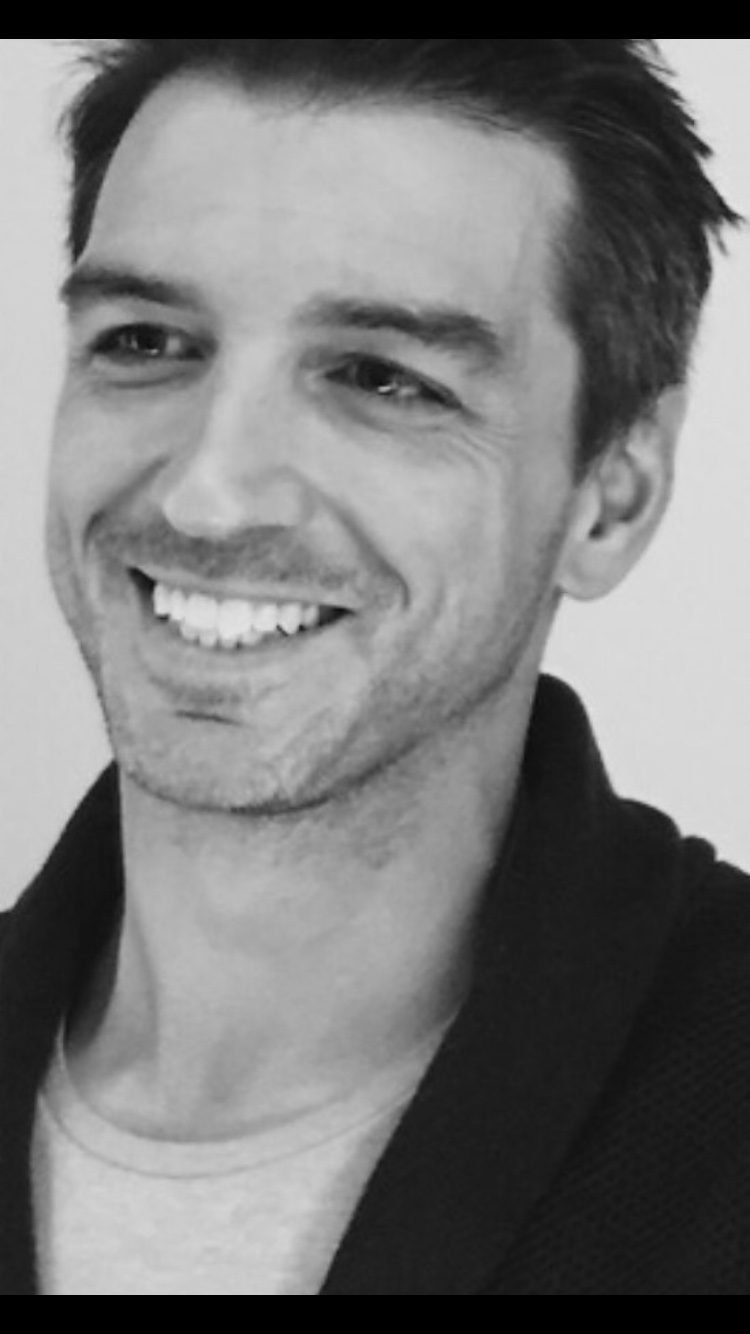Presentation: Inside Job: How to Build Great Teams Within a Legacy Organization?
This presentation is now available to view on InfoQ.com
Watch video with transcriptWhat You’ll Learn
- Hear about Meetup’s organizational change, building a better culture.
- Learn what it worked and didn’t work for them in this transition.
Abstract
What would you do to help create modern, successful teams, within a legacy organization?
Meetup is a company that achieved success a decade ago. Profitable, international, influential, and helping people connect every day. But today’s marketplace is not the same as it was then, and the company is working to meet the challenges of a much more competitive field. In order to do this, we’ve got to be able to learn, build, and release more quickly than ever. How do you build a high performing team in a company that’s comfortable just the way things are?
Francisco and Zoe are building exactly that kind of team at Meetup. In this talk, they will discuss their approach to building a sustainable, value-driven product team: up skilling engineers, collaborating with other disciplines, building better culture, creating technological independence, and moving from top-down project management to self-organizing teams.
We will discuss the challenges of changing an established company, how we have thought about it, failed and learned while doing it.
Would you provide a lesson that might be in your talk that a senior developer or architect might leave with?
Most of the talk is around organizational change, how to create high performing teams in an existing space structure. One of the lessons is about what worked well, where we failed and what mistakes we have done.
I have heard, and many people have heard that it takes six to seven years to change a culture. We've had a lot of success in changing a 17-years old culture in much less time than that. But there are also places where we have definitely run into hard spots and had to get creative to overcome.
Can you give me a specific example that you're going to cover?
One example where we have been successful is we've run this team within the organization, making it more independent and less connected to the rest of the company, having more control how the team and coaching work.
We've had a lot of success in gaining autonomy and driving that, modeling it to the rest of the organization that other teams are striving for. We've also had a lot of success in creating safety. We have engineers who've been here for eight years and it's the only job they've ever had. There is a critical mass of people like that when outside practices haven't really made their way in. A lot of it is stuff that was invented here and sometimes quite intentionally. The goal is to do it ourselves. Building up mastery, considering what are the things other companies do. It's been pretty challenging. We tried several different approaches to that with varying levels of success that will definitely be talking about.
Who is the primary audience you're going to be addressing?
I think anyone that's working on trying to improve a team in the company, both management and members of a team. We talk about practices within the team, but also on the organizational side.
I would say it's people whose primary concern is at least at the team level, if not the multi-team level, entering managers, engineering directors, people interested in getting more effective development into their organization.
Similar Talks
Scaling DB Access for Billions of Queries Per Day @PayPal

Software Engineer @PayPal
Petrica Voicu
Psychologically Safe Process Evolution in a Flat Structure

Director of Software Development @Hunter_Ind
Christopher Lucian
PID Loops and the Art of Keeping Systems Stable

Senior Principal Engineer @awscloud
Colm MacCárthaigh
Are We Really Cloud-Native?

Director of Technology @Luminis_eu
Bert Ertman
The Trouble With Learning in Complex Systems

Senior Cloud Advocate @Microsoft
Jason Hand
How Did Things Go Right? Learning More From Incidents

Site Reliability Engineering @Netflix
Ryan Kitchens
What Breaks Our Systems: A Taxonomy of Black Swans

Site Reliability Engineer @Slack, Contributor to Seeking SRE, & SRECon Steering Committee
Laura Nolan
Scaling Infrastructure Engineering at Slack

Senior Director of Infrastructure Engineering @Slack
Julia Grace
Liberating Structures @CapitalOne

Agile Coach, Engineering @CapitalOne

